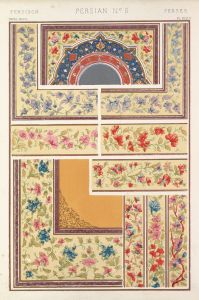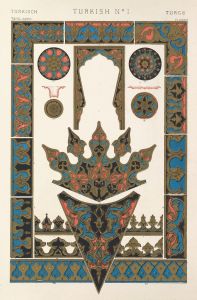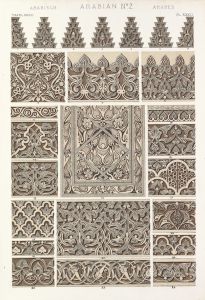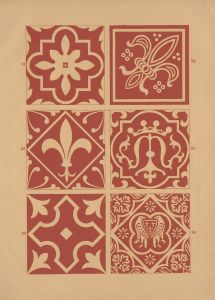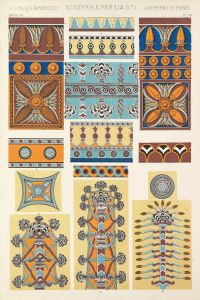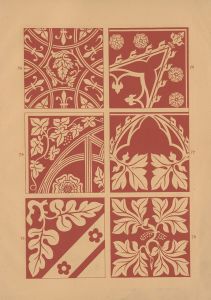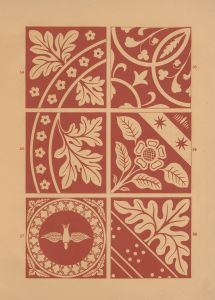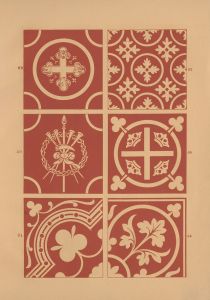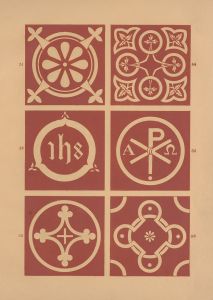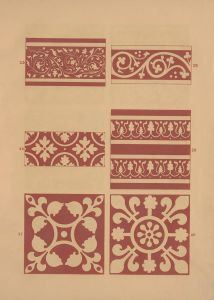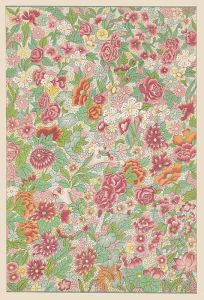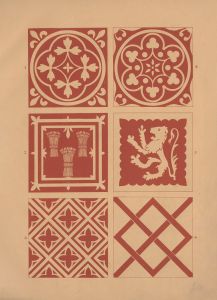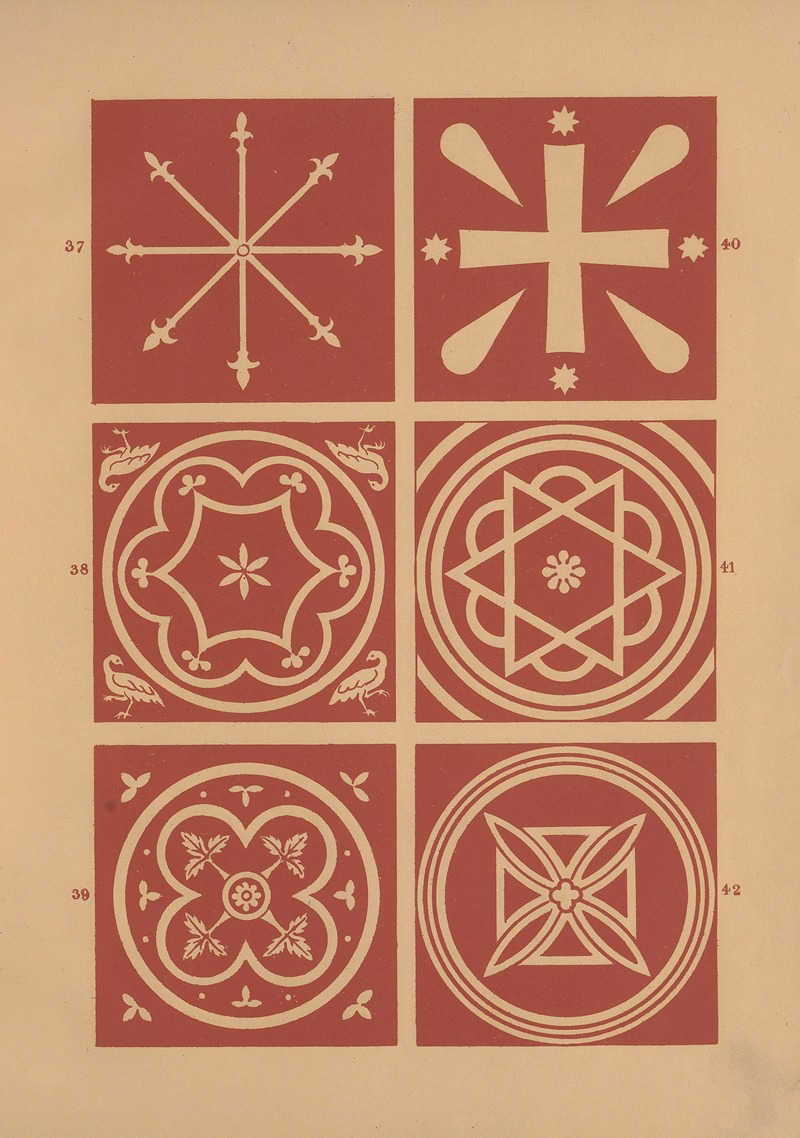
Examples of encaustic tiles Pl.06
A hand-painted replica of Owen Jones’s masterpiece Examples of encaustic tiles Pl.06, meticulously crafted by professional artists to capture the true essence of the original. Each piece is created with museum-quality canvas and rare mineral pigments, carefully painted by experienced artists with delicate brushstrokes and rich, layered colors to perfectly recreate the texture of the original artwork. Unlike machine-printed reproductions, this hand-painted version brings the painting to life, infused with the artist’s emotions and skill in every stroke. Whether for personal collection or home decoration, it instantly elevates the artistic atmosphere of any space.
"Examples of Encaustic Tiles Pl.06" is a work by Owen Jones, a prominent British architect and designer known for his influential contributions to the decorative arts in the 19th century. Jones is particularly celebrated for his work on the "Grammar of Ornament," a comprehensive design sourcebook published in 1856 that showcases a wide array of decorative styles from various cultures and historical periods. This publication played a significant role in shaping Victorian design sensibilities and remains a valuable resource for understanding historical ornamentation.
Encaustic tiles, the subject of this particular plate, are ceramic tiles characterized by their intricate patterns and vibrant colors, which are achieved through a process of inlaying colored clays into the body of the tile. This technique was especially popular during the medieval period and experienced a revival in the 19th century, largely due to the Gothic Revival movement. Encaustic tiles were commonly used in ecclesiastical and secular buildings for flooring and wall decoration, valued for their durability and aesthetic appeal.
Owen Jones' depiction of encaustic tiles in "Examples of Encaustic Tiles Pl.06" reflects his deep interest in historical design and his commitment to documenting and reviving traditional decorative arts. The plate likely features a selection of tile designs, showcasing the geometric precision and rich color palette typical of encaustic tiles. Jones' work in this area not only highlights the beauty of these tiles but also serves as an educational tool, illustrating the complexity and craftsmanship involved in their creation.
Jones' broader work, including his studies of encaustic tiles, was instrumental in the 19th-century design reform movement, which sought to elevate the standards of design and craftsmanship in industrial production. His emphasis on historical accuracy and the use of authentic materials and techniques influenced contemporary architects and designers, encouraging a return to traditional craftsmanship in response to the mass production of the Industrial Revolution.
The "Grammar of Ornament," where this plate is likely included, is divided into 37 chapters, each focusing on a different style or period, from ancient Egyptian and Greek to Renaissance and Victorian. Jones' meticulous research and artistic skill are evident in the detailed illustrations and comprehensive analysis provided in the book. His work not only served as a practical guide for designers of his time but also contributed to the academic study of art and design history.
In summary, "Examples of Encaustic Tiles Pl.06" by Owen Jones is a testament to the designer's dedication to preserving and promoting historical decorative arts. Through his detailed illustrations and scholarly approach, Jones played a crucial role in the 19th-century revival of traditional design practices, leaving a lasting impact on the fields of architecture and design.







